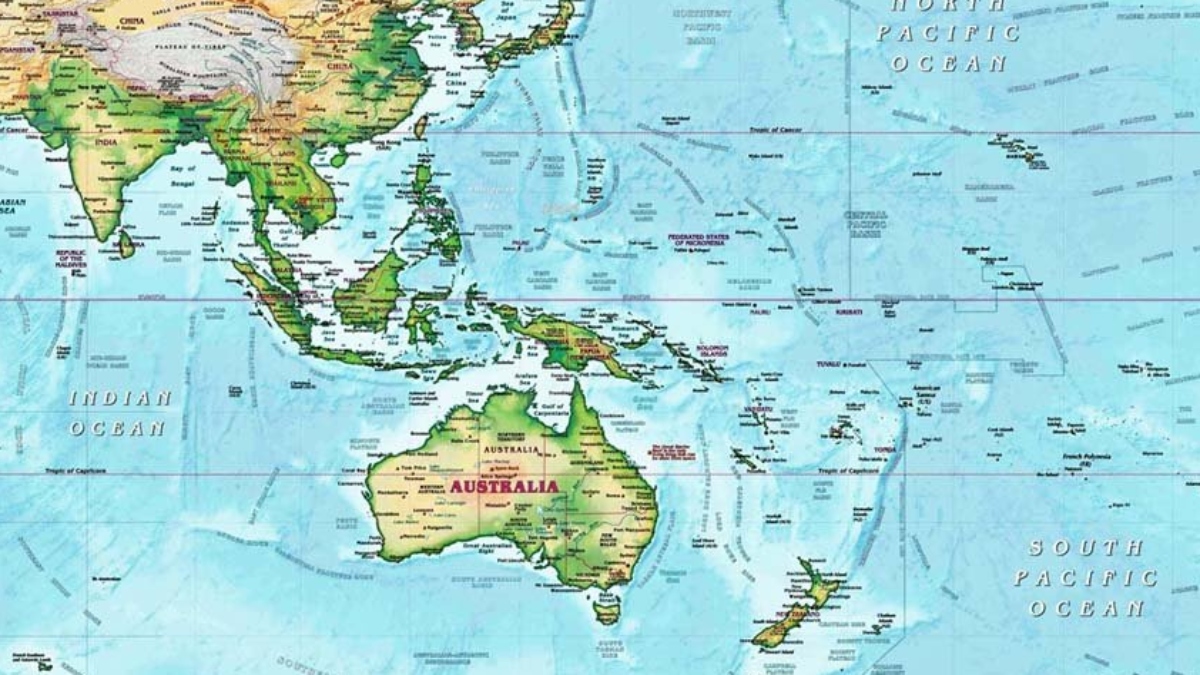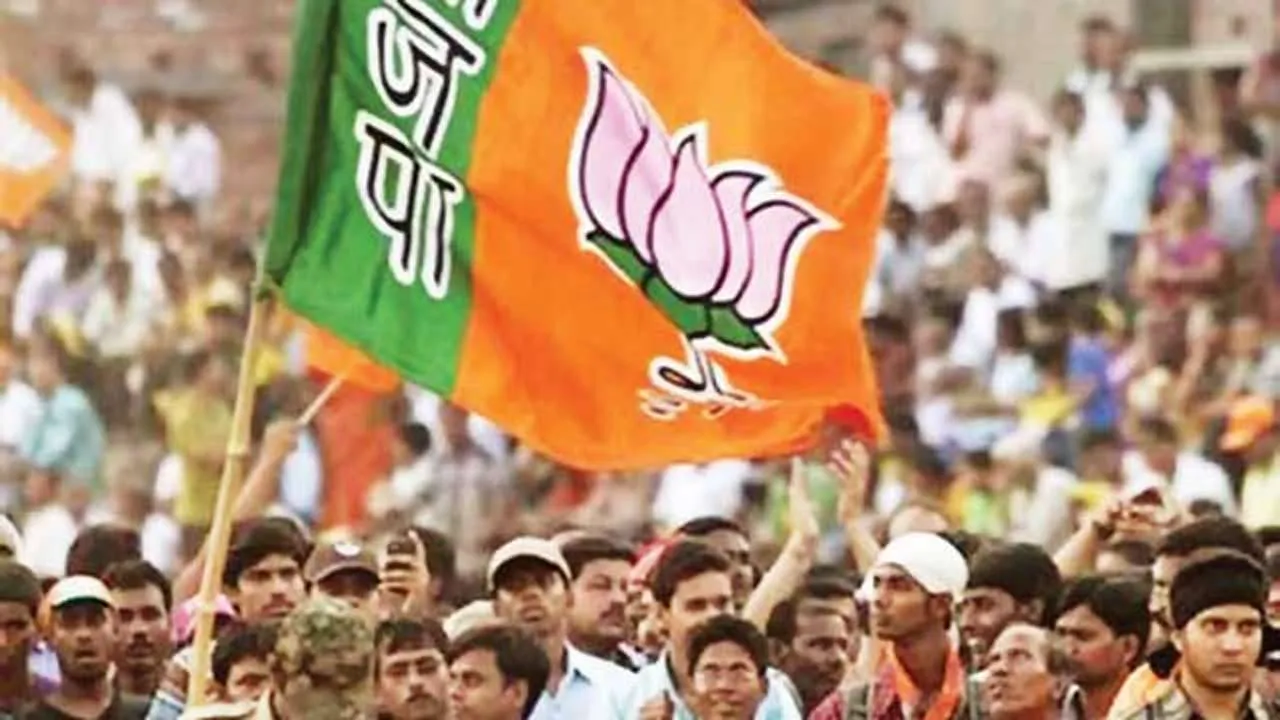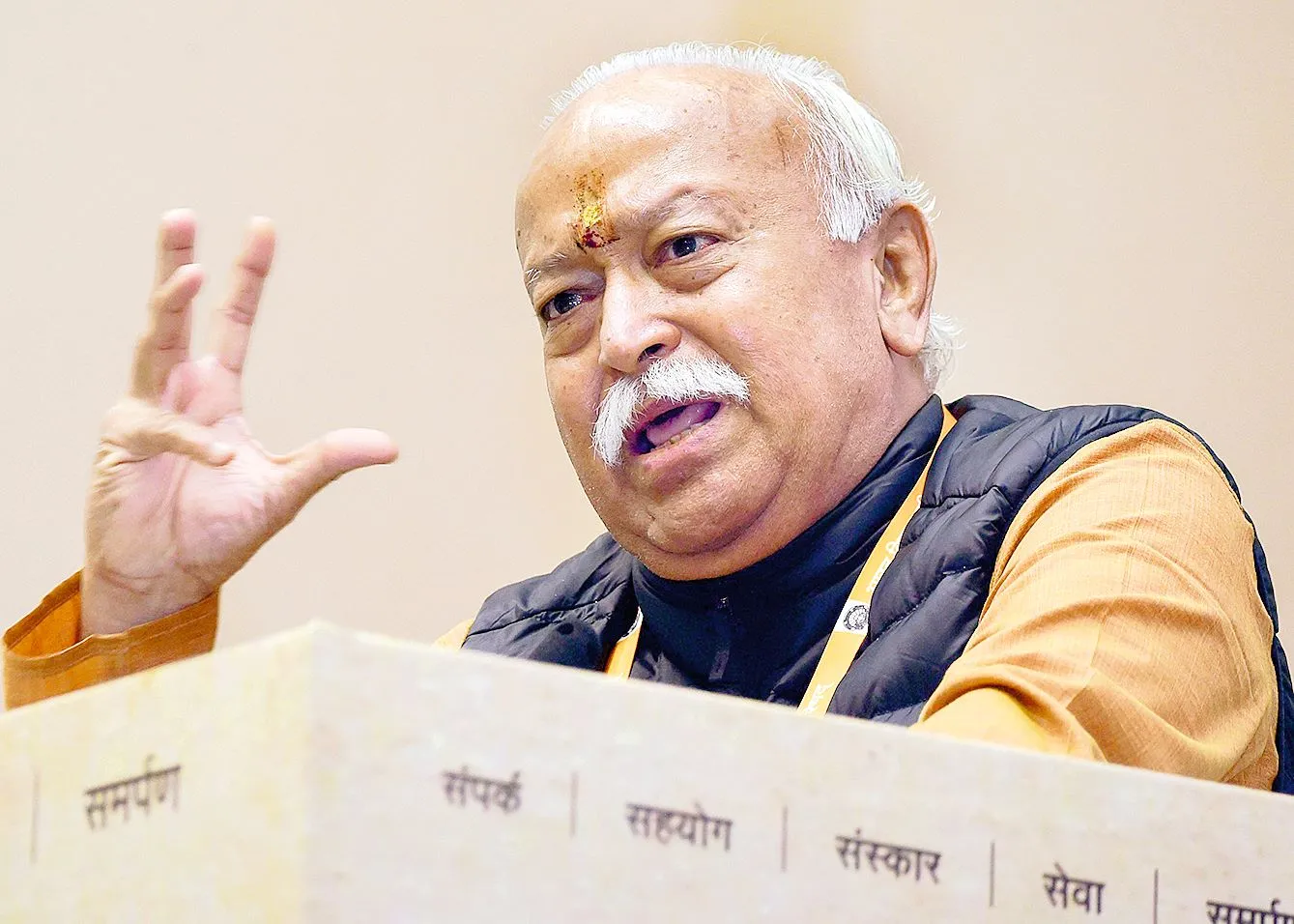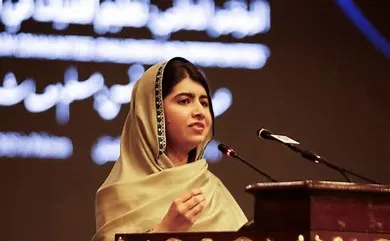While Russia and Ukraine war is in full swing and altering the geopolitics of the post-Soviet Eurasia, one issue which is getting wider attention among the strategic analysts is the second in-person Quad Summit which took place in Tokyo on 24 May 2022. The significance of the Summit can be understood from the fact that all the member countries – the United States, Japan, India and Australia are affected directly or indirectly due to the ongoing war between Russia and Ukraine. Similarly, because of the part of the pro-Western alliance, the US, Australia and Japan are seeking to take active military measures, including financial sanctions on Russia. At the same time, India mooted a middle path rooted in “peaceful negotiation” and “active diplomacy” to resolve the crisis. However, this divergence of perspectives among the member countries could not hinder the effectiveness of Quad. Instead, it reflected the “democratic spirit” based on which this regional construct is operating. Another critical issue that needs to be focussed on is that the Tokyo Quad Summit also addressed issues confronting the Indo-Pacific geopolitics. This raises a few pertinent questions about the Quad’s role in rebalancing the Indo-Pacific geopolitics. The issue of rebalancing the geopolitical architecture of the Indo-Pacific is gaining importance primarily due to China’s growing prowess in this strategically important region.
It is also true that a few ASEAN countries that constitute part of the Indo-Pacific are increasing their trade leverage with China. However, can the mutual economic relations between China and ASEAN countries translate into the strategic realms? This is more so as most of them are quite apprehensive of the Chinese strategic move. This region is also undergoing a comprehensive shift in the economic realms with the Indo-Pacific Economic Framework (IPEF) formation. So a pertinent point that will arise here is whether the newly formed IPEF will be able to counter China’s growing economic presence in the Indo-Pacific region. Analysts are also pointing out whether the recently formed IPEF will be able to generate confidence among the member countries Malaysia, Vietnam, Singapore, Indonesia, Republic of Korea, the Philippines, New Zealand, Brunei, and Vietnam, along with the existing four Quad members. Looking at the members of the IPEF shows promises, and one key aspect that needs to be highlighted here is that all the countries at a strategic level oppose China’s hegemonic policy in this part of the world.
Thus looking at the geopolitics of the Indo-Pacific, it can be underlined here that ASEAN countries will play a crucial role in navigating the region’s geopolitics. China’s attempt to woo smaller Pacific nations to its fold through Free Trade Agreement, also known as China Pacific Free Trade Agreement, received a decisive setback when a few like Fiji and Micronesia outright rejected Beijing’s move. As studies suggest China is more interested in having greater control over different countries by offering loans and getting greater access to the resources of these countries and putting them in a debt trap.
In addition to economic dominance, China intends to have greater strategic leverage in Indo-Pacific through the stationing of its troops and highly sophisticated weapons, including submarines. This is creating a new kind of security dilemma in Indo-Pacific geopolitics. The United States is also beefing up its presence in this region. Thus, the competitive and conflictual situation aggravates the region’s insecurity.
The visit of US President Joe Biden to both South Korea and Japan and meeting the Heads of ASEAN States is a well-calibrated move on his part to have greater strategic leverage in the region. The visit of President Biden can be seen in the context of growing China’s threat to Taipei. China repeatedly murmurs about replicating similar actions in Taiwan as Russia did in Ukraine. In this context, one can envisage whether there will be direct war between China and the US over the Taiwan question? If this happens, it is bound to impact the securitization of the Indo-Pacific in a broader context. Contrary to the expectation that China will emerge as a significant arms supplier to the ASEAN countries, is proven wrong in recent months. As reported, Thailand (considered one of China’s closest partners within the ASEAN regional grouping) has recently rejected Beijing’s defence equipment.
In this above tectonic geopolitical shift, one can foresee a role for Quad in addressing some of the concerns. In this regard, three pertinent points need to be discussed to gauge the geopolitical significance of this emerging security bloc. These are: a) Whether the second in-person Quad Summit will elevate itself to be a more institutional regional body soon? b) How effective will be economic interaction among the IPEF countries? c) Can the existing Quad mechanism effectively address other global concerns like issues relating to climate change, augmenting supply-chain arrangement, etc., more robustly?
One major issue confronting the Quad is whether it will institutionalize itself to address the concerns emanating from the region more effectively? Though it is a nascent bloc looking at some of the complex issues this regional grouping is facing, especially in the context of the growing Chinese threat to the Indo-Pacific countries. This is a fact that China is involved in bitter territorial and maritime conflict with the ASEAN and East Asian countries in the South and the East China Sea. It is in this background, there is a greater need among the four Quad members to synchronize their military cooperation in the Indo-Pacific region. This is the first step in thwarting China’s aggressive posture in this part of the world. Present China’s move on Taiwan’s coast and the danger the Chinese aircraft which moved near the Quad Summit to frighten the Summit in May are some of the few instances of aggressive Chinese posture in this part of the world. Though the Annual Malabar exercises by the Quad countries have been taking place for the last couple of years, what is needed is developing a solid institutionalization mechanism which can coordinate military cooperation among the Quad countries is the need of the hour.
Another area where there is a need for active cooperation among the Quad countries is strengthening supply chain arrangements. During the Covid crisis, the supply of medicines, vaccines and other crucial medical equipment assumed importance. The Tokyo Summit of Quad underlines that “Quad partners have collectively committed $524 million for COVID-19 Prioritized Global Action Plan for Enhanced Engagement (GAP) strengthening fight against Covid”. In this context, the issue of the supply of chips along with rare earth and technology has been assumed importance in recent years, particularly when China is trying to monopolize the global supply chain. Thus, there is an urgent need for Quad countries to collaborate in terms of technology and share knowledge jointly. That can substantially reduce dependence on China.
Similarly, the issue of shifting to renewable energy is assuming importance in recent years, and Quad countries are also taking measures to boost their cooperation in recent years. The Joint Statement of Quad Summit at Tokyo highlighted, “Quad will seek to extend more than 50 billion USD of infrastructure assistance and investment in the Indo-Pacific, over the next five years”. These efforts on the part of Quad will checkmate China’s monopolization in the renewable energy sector to a great extent.
Another interesting aspect that the Tokyo Quad Summit discussed is the issues relating to climate change. It may be underlined that over the issue of climate change, both India and the US took a different stand during the Summit at Paris in 2015andalso during the Glasgow Summit in 2021. The differences are primarily based on the question of “historical polluter” as well as “differential responsibility”, which India has been advocating for a long for ensure” climate justice” for the Global South. However, despite the differences, it is heartening to note that at the Quad Summit, there was a consensus on “reaching out to key stakeholders in the Indo-Pacific region and supporting, strengthening, and enhancing climate actions by partners in the region including through mobilizing climate finance, both public and private, and facilitating the research, development, and deployment of innovative technology”.
Quad is also trying to shift its focus from security-related issues to new challenges like supply securitization. In this context, one can envisage that the Quad will make itself much more robust in the Indo-Pacific geopolitics. Looking at the above developments, one can envisage India’s role in the Quad. This question arises partly because there are growing differences between India and the US over the question of the Russia-Ukraine war. In this regard, the US should understand India’s deep-rooted strategic partnership with Russia.
Along with this, it is also a fact that India depends substantially on Russia for getting energy, defence equipment along with fertilizers. In this background, India is promoting its national interests by engaging with Russia and not toying with Washington’s dictum. As India’s External Affairs Minister S. Jaishankar recently told at GLOBESEC 2022 at Bratislava during his visit to Slovakia, “India is entitled to make its own choices which will be a balance of its values and interests”.
Similarly, India’s approach to resolving the Ukraine crisis has also won applause from many European countries. Even Ukraine’s President has appreciated India’s role in providing humanitarian assistance to the Ukrainian people. Therefore, it is a futile attempt on the part of the United States to put pressure on India to toe its line.
However, despite sanctions, the United States is ignoring the fact that Russia, because of its strategic oil reserves, defence sectors, agriculture, and location, can play a significant role in global politics. It is pretty naïve to underestimate Russia in international politics. Even European countries like Germany, France, Hungary, and Italy take a somewhat different position than the US. It may be recalled here that Europe faces a food crisis because of the war between Russia and Ukraine. Incidentally, these two are the major suppliers of food grains to Europe. One may add that both Japan and South Korea are part of the Western alliance but are keen on not putting any sanctions on the Russian energy sector keeping their strategic interest in mind.
The United States should understand that India is a crucial player in the Indo-Pacific geopolitics. Thus, effective engagement between India and the United States and Japan and Australia can provide relative stability to this geopolitical space. In this regard, India’s growing engagement with ASEAN countries can also be considered a significant step in rebalancing the geopolitics of the Indo-Pacific. Though ASEAN countries are not part of the QUAD, a few of them, as mentioned above, are part of the IPEF also. In this background, there is a need to augment the India-ASEAN strategic partnership to a new height.
Along with civilizational connections, there is also a need to give a new impetus to geo-strategic and geo-economic linkages with ASEAN countries in the foreign policy calculus of India. A specific mention can be made regarding India’s Act East policy, which aims to boost India’s engagement with this vital region significantly. The relationship between India and ASEAN countries is essential, especially in the post-Covid world order. This is because ASEAN countries need large-scale assistance in technology, the health sector, and economic aid. By strengthening cooperation with ASEAN countries, India can checkmate Chinese influence and strengthen its presence in the Indo-Pacific region. It may be recalled here that India has been strengthening strategic partnerships with ASEAN over the years. One interesting aspect that needs to be underlined here is that though Russia and China are strategic partners, in Southeast Asia, both are also major competitors. China does not want greater Russian engagement in this part of the world. One of the biggest fears for China is that Russia may have monopolistic control over the defence market of the ASEAN countries. Similarly, Russia’s engagement with Vietnam on energy explorations has also irked China in the past.
There is a need for greater cooperation between India and Russia in the ASEAN geopolitical space. This can also remove Russia’s misnomer of the concept of Indo-Pacific as it is reluctant to accept the idea instead of focusing on the term Asia-Pacific. As noted above, Russia is a significant player in the South East Asian space. In this framework, one has to locate the discourses of India’s greater engagement with the Indo-Pacific. It is noteworthy to recall the statement made by Prime Minister of India, Narendra Modi, at the Tokyo Quad Summit as he underlined to “ensure peace, prosperity and stability in Indo-Pacific”.
In conclusion, it can be added that the geopolitics of the Indo-Pacific is undergoing a significant shift, especially after the formation of IPEF. From security agenda to greater economic cooperation will be the primary focus of Quad now. Forming IPEF with members who are not part of Quad will add new dynamism to the economic relation and checkmate China’s geo-economic dominance in this region. Because of the changing geopolitical context of this space, India should engage with Quad and IPEF along with the ASEAN countries for greater cooperation in the region.
The author teaches at the School of International Studies, JNU. Views are personal.























